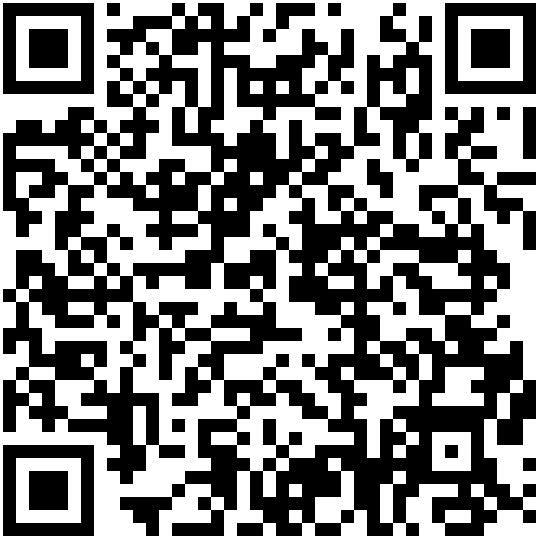
A what code? You may be unfamiliar with them, but over the last few years QR Codes have slipped into mainstream advertising, making them a viable business tool. A QR Code is just a barcode, like you’d find on your cereal box. But unlike the barcodes in supermarkets, QR codes are arranged in a matrix, which packs lots of information into a tight space. The QR stands for Quick Response because they provide a fast way to access information. They connect people from print to digital media in just a matter of seconds, making printed materials truly interactive.
How do they work? Anyone with a smartphone such as an iPhone, Android phone or a Blackberry simply takes a picture of the code using a free app and their inbuilt camera. Their phone then triggers an action ‘ it could be a link to download content, some contact information, a message or a link to a website.
Why use them? Despite improved keyboards on smartphones, typing a long URL or website address on the move can be fiddly. Having to type in URLs prevents mobile users from accessing mobile content on a regular basis. When you consider that a typical web address consists of a mix of letters, colons, slashes, dots and dashes, it’s no surprise that typing them in loses appeal quickly. With a QR code, there’s no typing. Just point your camera at a code and an app reads it, switches to a browser and loads the page.
Where should I use them? QR Codes may appear in magazines, on signs, buses, business cards, shop posters, flyers, T-shirts, IDs and just about any object you can think of. Since the diversity of information that can be held within a QR Code is unlimited, the potential marketing applications for mobile barcodes is vast. The remarkable growth of mobile and smartphones (which are becoming a more and more popular way to access the internet) means this potential can be easily implemented.
Smart businesses are using QR Codes in smart ways. Retailers print them on receipts. Event producers employ them to provide exhibit information. Doctors and beauty salons use them to let people make appointments over their mobile phones. Print them on your business cards so people can create a contact record in their phone without typing a single thing. Even some TV shows use QR codes in the corner of the screen to provide additional information.
You may not have the same budget as a TV show, so what could you do? The only limit is your imagination (you see some ideas, right?). QR codes are a great way to take part in a growing trend, position your business as forward thinking and produce useful information resources at the same time.
What info could a QR code contain?
â?¢ Product specifications and pictures
â?¢ Your contact details
â?¢ Offer terms and prices
â?¢ Event listings
â?¢ Competition rules
â?¢ A coupon or voucher
â?¢ Twitter or Facebook links
â?¢ A link to your YouTube video
â?¢ A map of your store location
â?¢ Link to your online brochure
Try putting a QR Code…
â?¢ On your business cards. Your recipient can save your contact details simply by scanning the code.
â?¢ On your marketing collateral. Got a big sale coming up? Direct customers to your special offers page.
â?¢ On the posters in your shop window so they can do the selling even when you’re not there.
â?¢ In your email signature, blog posts and online newsletters to capture a wider audience.
â?¢ In advertisements to save on advertising space.
â?¢ On your invoices, to link people to your Facebook or Twitter page.
How do I create a QR Code?
You can create you own QR codes for FREE through your BrandDemand portal.



 When would you rather find out you’ve lost a customer? In a year’s time when they’ve built a relationship with your competitor or as soon as you’ve upset them? There’s no use delaying bad news. If you’ve disappointed them, it’s best to find out sooner so you can correct the situation. One of the best ways to get quick feedback is to run a customer feedback survey. If it’s something you know you should be doing but haven’t gotten around to it yet, follow these 5 steps and have your program set up in no time.
When would you rather find out you’ve lost a customer? In a year’s time when they’ve built a relationship with your competitor or as soon as you’ve upset them? There’s no use delaying bad news. If you’ve disappointed them, it’s best to find out sooner so you can correct the situation. One of the best ways to get quick feedback is to run a customer feedback survey. If it’s something you know you should be doing but haven’t gotten around to it yet, follow these 5 steps and have your program set up in no time.